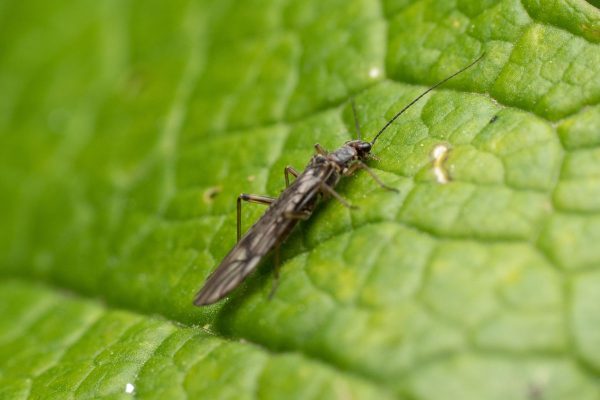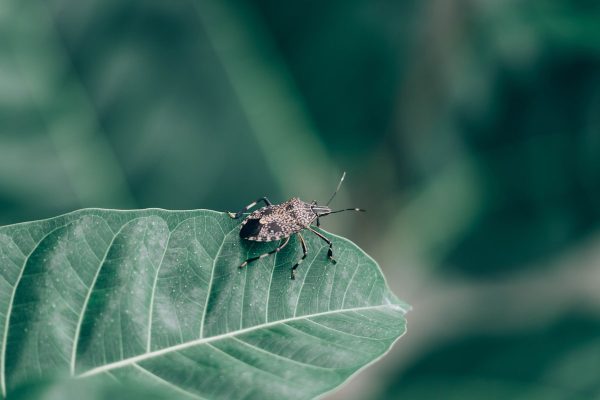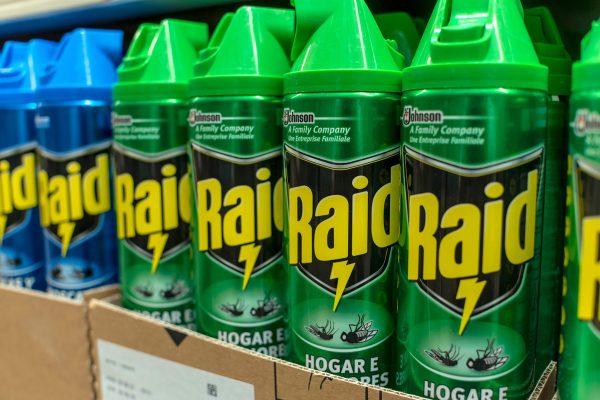Yellow jackets are like any other wasps that you should eliminate before they harm you, especially if there are a lot of them around your house. One thing you might want to consider using to repel yellow jackets is mothballs. However, does it repel them? We conducted thorough research to find out the answer.
Scent sensors on the antennae of wasps allow them to detect the smell of mothballs. And yellow jackets dislike the strong smell of mothballs. As a result, they avoid placing their nests close to mothballs. The toxic vapors released by mothballs in a tiny, enclosed space will eradicate the yellow jackets.
It would be best to keep reading if you want to use mothballs to repel yellow jackets. We will also discuss below how you should use mothballs properly and those alternative repellants you can utilize for those tiny critters. Enjoy reading!

Do Mothballs Keep Yellow Jackets Away
If you have ever experienced a wasp sting, the pain is not something you are likely to forget soon. Your psyche is permanently scarred by the excruciating pain, which makes you haste to avoid any wasps like yellow jackets you may run into in the future.
Unfortunately, wasps frequently decide to build their nests close to dwellings, which leads to frequent encounters between people and wasps. Wasps seem unafraid to apply their stingers voraciously to any area of the human anatomy.
You can kill yellow jackets or any other kind of wasps in various methods. Placing mothballs near potential wasp nesting locations is a time-tested and widely used technique.
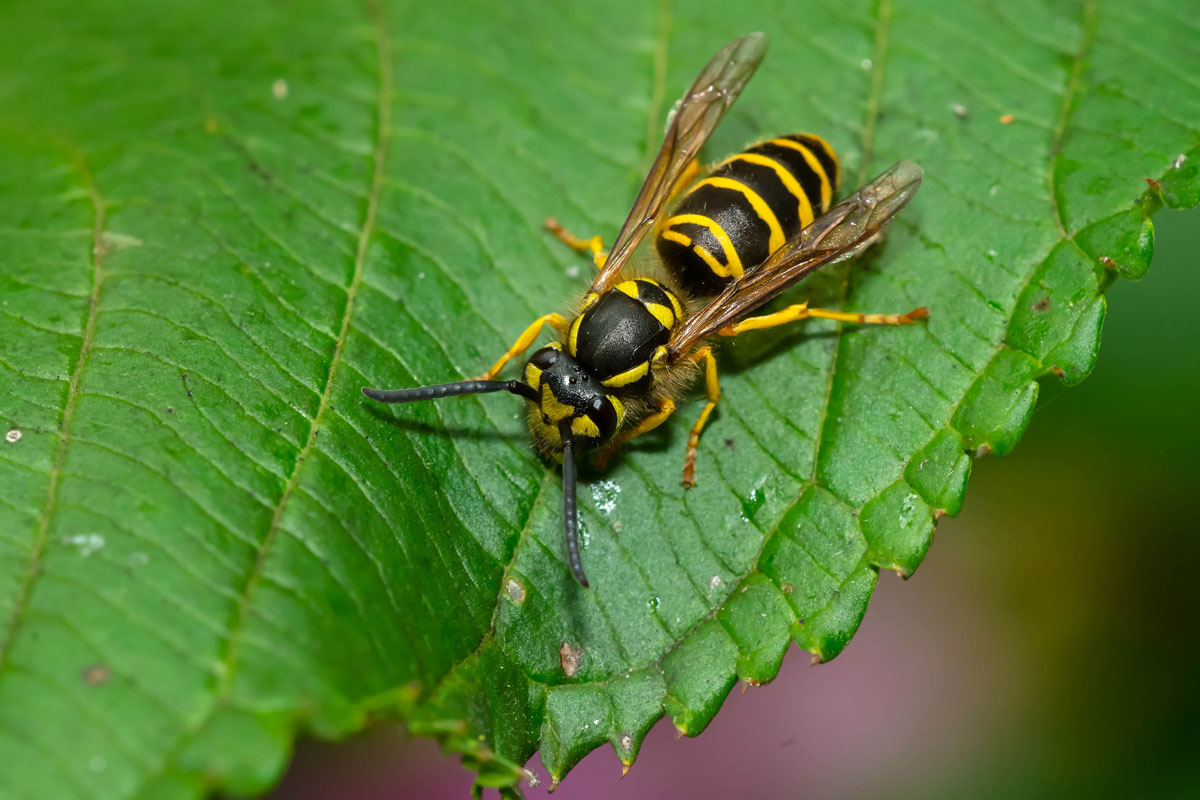
How Do Mothballs Work
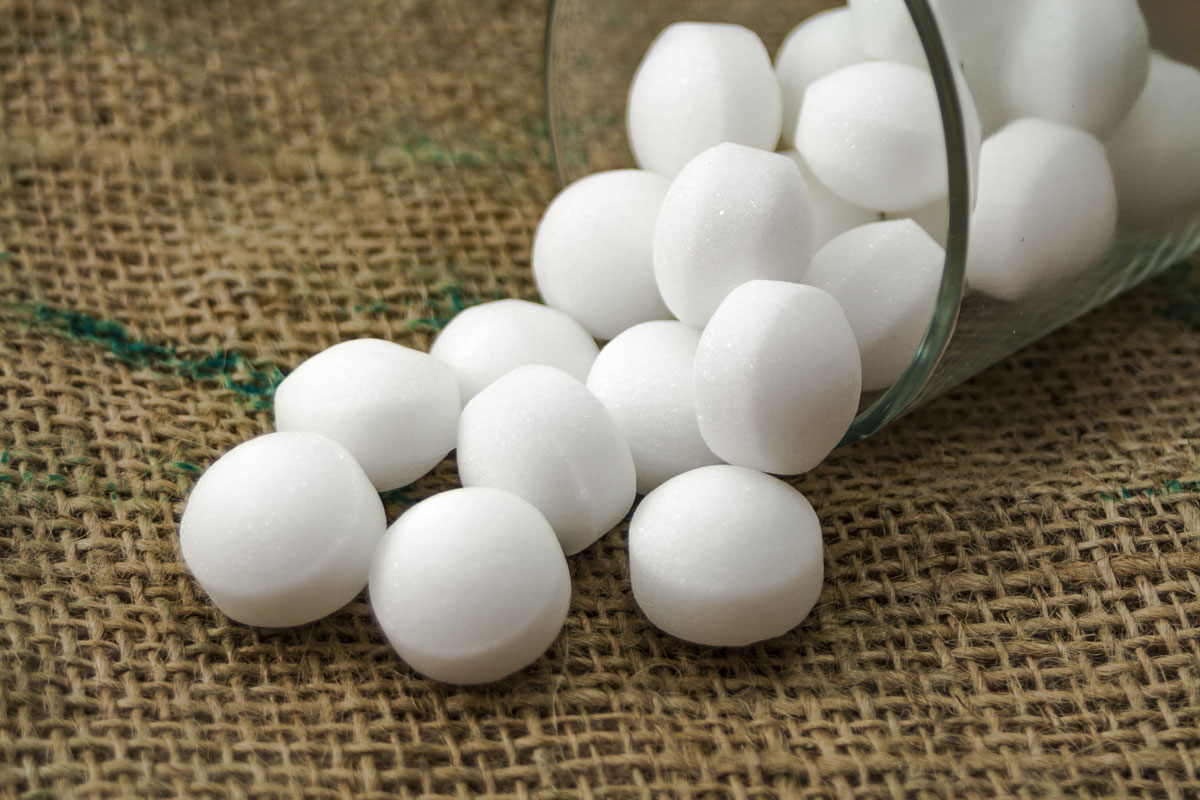
Manufacturers use both naphthalene and paradichlorobenzene to make mothballs. John Kidd, a chemist, discovered and produced naphthalene for the first time in 1821. It consists of crude oil or coal tar.
In the United States, it received its initial pesticide registration in 1948. Naphthalene is a solid that transforms into a dangerous gas. Insects die from the gas, which deters some animals.
Naphthalene-like paradichlorobenzene likewise gives off harmful fumes. In 1942, the United States registered it as a pesticide. Compared to naphthalene, paradichlorobenzene is less explosive and hazardous. As a result, manufacturers in the US use paradichlorobenzene to make the majority of mothballs in the US.
How To Utilize Mothballs To Deter Yellow Jackets
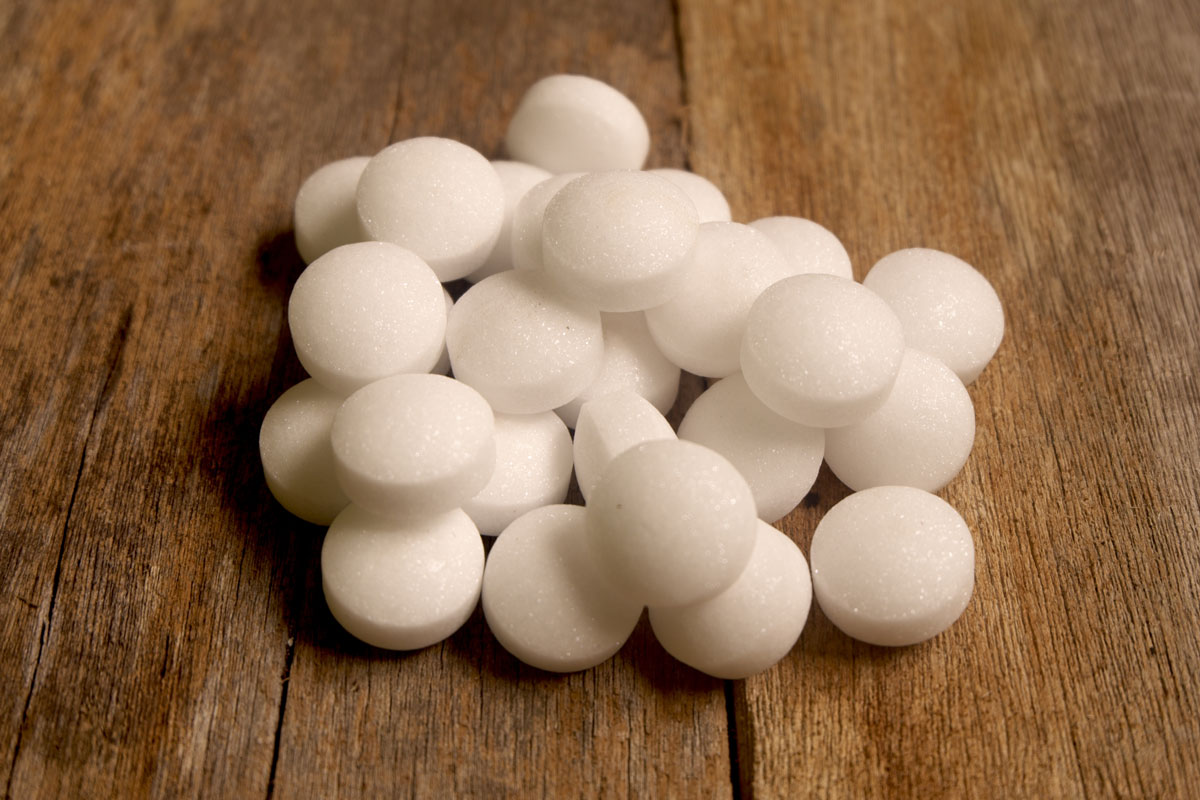
You can put a few mothballs in a piece of cloth or porous fabric bag, which you can tie together and hang near areas where yellow jackets like to build their hive. Doing such a thing will discourage yellow jackets from building their nests near that area.
If there is already a nest, you can opt to put a package of mothballs close to the hive. However, there is a possibility that you may not be able to hang the mothballs because the yellow jackets may sting you first.
What Are The Precautions In Using Mothballs To Deter Wasps
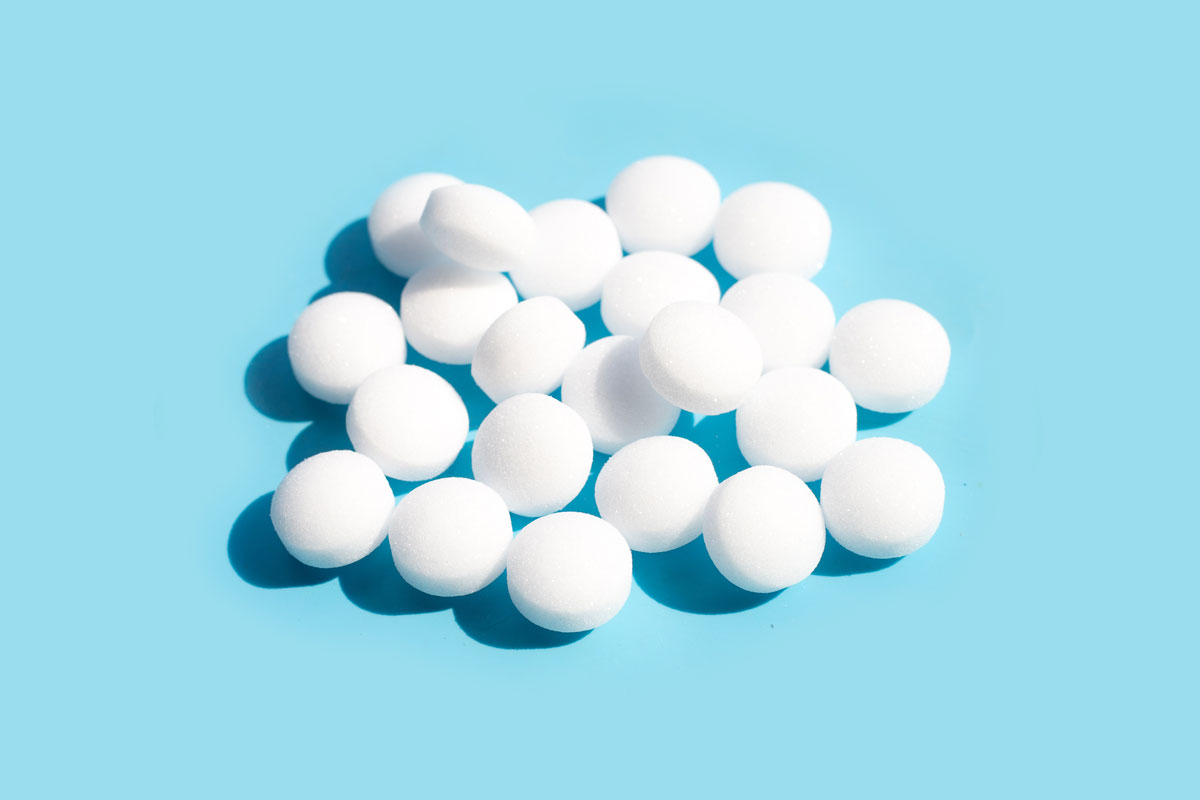
- After handling mothballs, always thoroughly wash your hands. But if possible, put on a pair of disposable gloves before touching one.
- Never put mothballs in a location where the fumes will regularly enter the home and expose the occupants to the fumes. It includes the car, attic, crawl space, closet, and garbage cans in the garden. In several US states, doing this with mothballs is against the law. In these states, keeping mothballs anywhere other than in well-sealed, animal- and child-proof containers is illegal.
- Use mothballs sparingly if you have pets and intend to leave them unattended in a particular area. Even mothballs hung from eaves could be blown off in windy conditions to be found and ingested by animals or young children.
- If you have any mothball poisoning symptoms, throw away the mothballs.
- Moist mothballs can pollute soil, groundwater, and plants. Therefore, it is never a good idea to leave mothballs outside where they could become wet.
In what situations you Should Not Use Mothballs
It is not advisable to hang mothballs on an enclosed porch or attic since the fumes will enter the home. You must remove the mothballs from your home and use an alternative wasp repellent if you can smell them. We highly suggest doing this since mothballs can affect your and your family's health.
Are mothballs harmful to humans and animals?
Naphthalene and paradichlorobenzene decompose into many chemicals in human and animal tissues. Exposure of chemicals to people can happen in three main ways: through gas inhalation, skin absorption, or unintentional ingestion.
Headaches, nausea, lethargy, and dizziness are among the signs of exposure in people. There may also be irritation of the eyes, nose, and skin.
Damage to the kidneys, liver, and red blood cells (hemolytic anemia) are all possible side effects. Small children will typically experience more severe effects if they accidentally eat it.
The signs to look for would be tremors, seizures, and difficulty breathing in young children. Paradichlorobenzene is less hazardous than naphthalene.
Furthermore, the symptoms in dogs and cats include tremors, convulsions, vomiting, difficulties breathing, lethargy, and a lack of appetite. The presence of pale or brownish gums during a clinical examination may indicate hemolytic anemia. Additionally, there could be renal and liver damage.
Mothballs are harmful to cats, but it is impossible for them to consume mothballs. Dogs are more likely to eat them. Moreover, when pet birds breathe in mothball vapors, they will have severe symptoms. Long-term exposure to the mothball gases could cause them to pass away. Lastly, when chickens or ducks eat mothballs, they quickly die.
What Are The Different Wasp Repellants To Use
Fortunately, you can use safer options to repel yellow jackets or wasps instead of mothballs.
1. Man-made nest
An artificial or disused wasp nest is most likely the safer alternative. Wasps are territorial creatures and will steer clear of locations where they would face competition from other wasps when constructing their nests.
Unfortunately, you may need a lot of artificial wasp nests depending on how big the region you need to defend is or which species is trying to nest close to your house. Territories of several wasp species vary in size.
Check out this yellow jacket nest decoy on Amazon.
2. Wasp Traps
You can make wasp traps reusing a plastic bottle or purchase a commercially made trap. The tiny funnel on that trap will lead the yellow jackets into it. A sweet-smelling, vividly colored liquid entices the wasps into the trap. The wasps drown once they are in the trap.
Some people assert that spraying the area with a mixture of water and minced garlic can keep wasps away.
Check out this hanging wasp trap on Amazon.
3. Shiny Objects
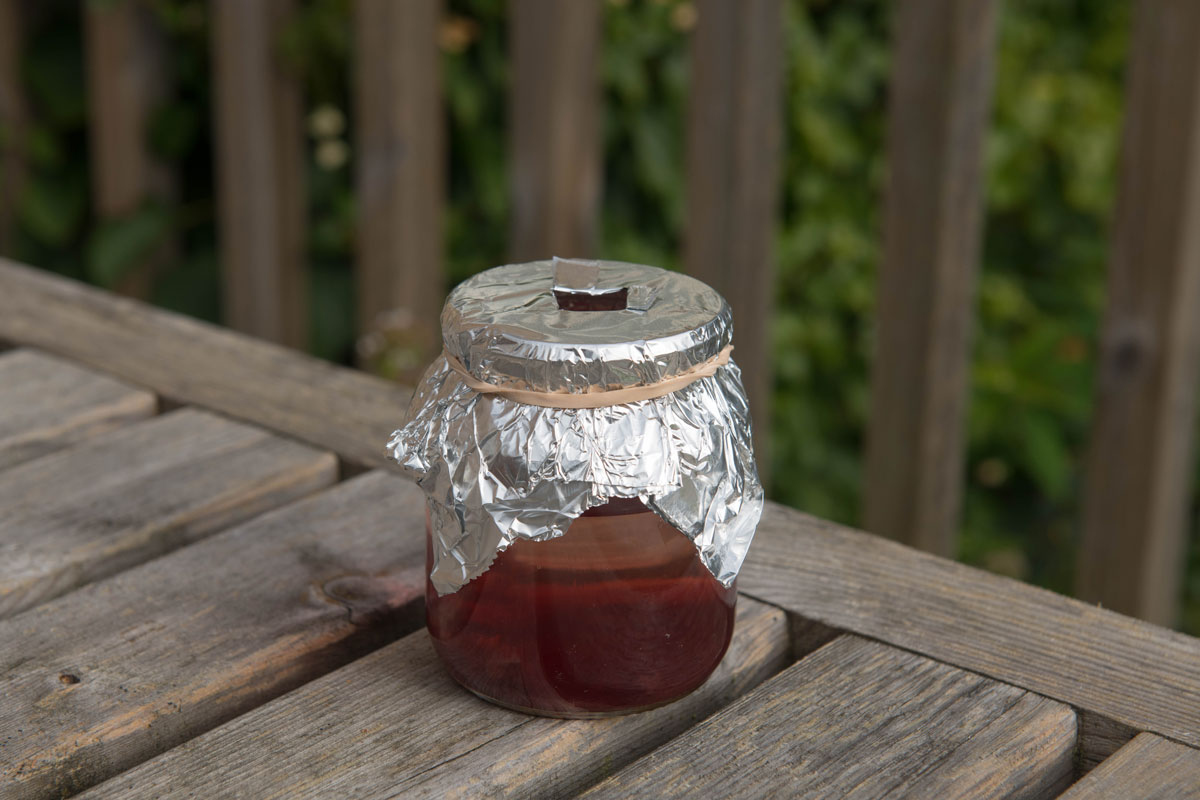
Shiny items hung from the eaves or roof will assist in keeping wasps away. You can utilize tin foil in several ways, including suspending it from beams or wrapping it around them. According to some, the coin in a bag technique allegedly works.
4. Coin And Water In A Transparent Bag or Hanging Compact Disc
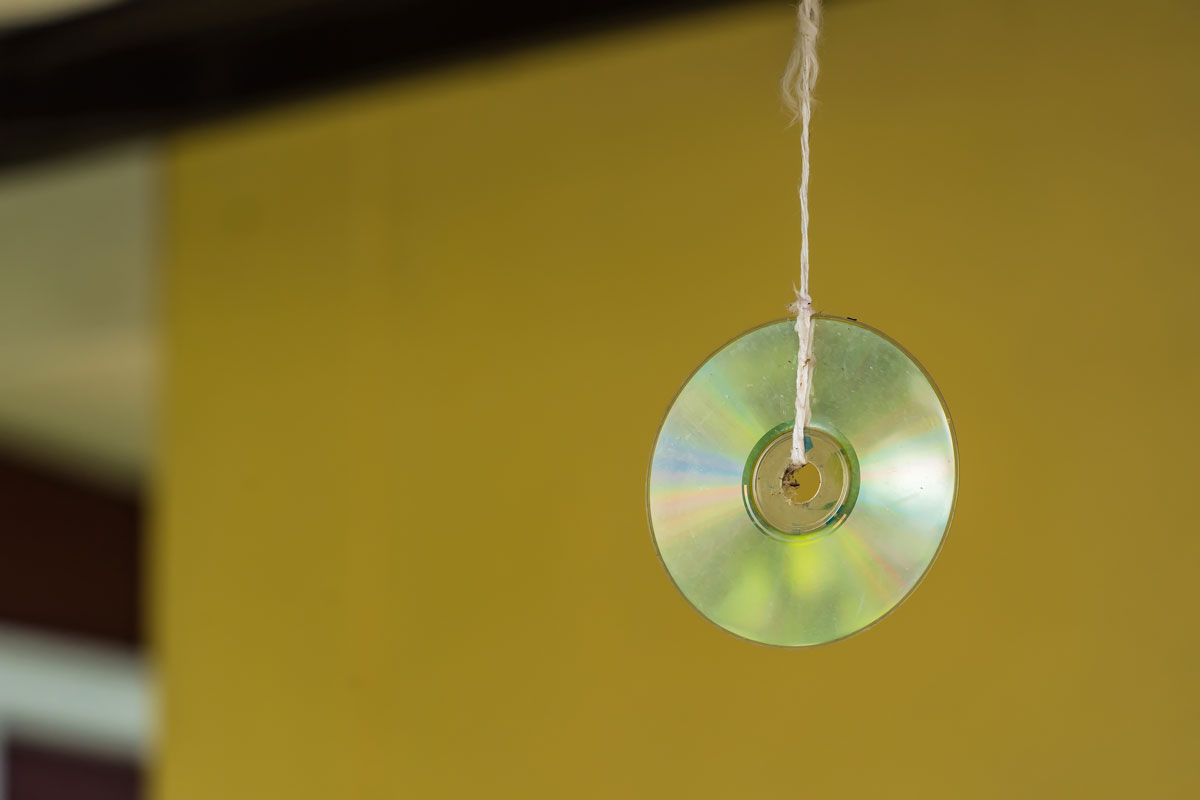
A transparent bag should first contain a coin before filling it with water. As the light bounces off the coin and travels through the water, it produces a variety of light rays that scare away yellow jackets.
Furthermore, others create a light-reflecting compact disc to scare away yellow jackets or other wasps by hanging discarded compact CDs.
The additional benefit is that it deters unwelcome birds from building nests in the eaves.
5. Burning Coffee Powder
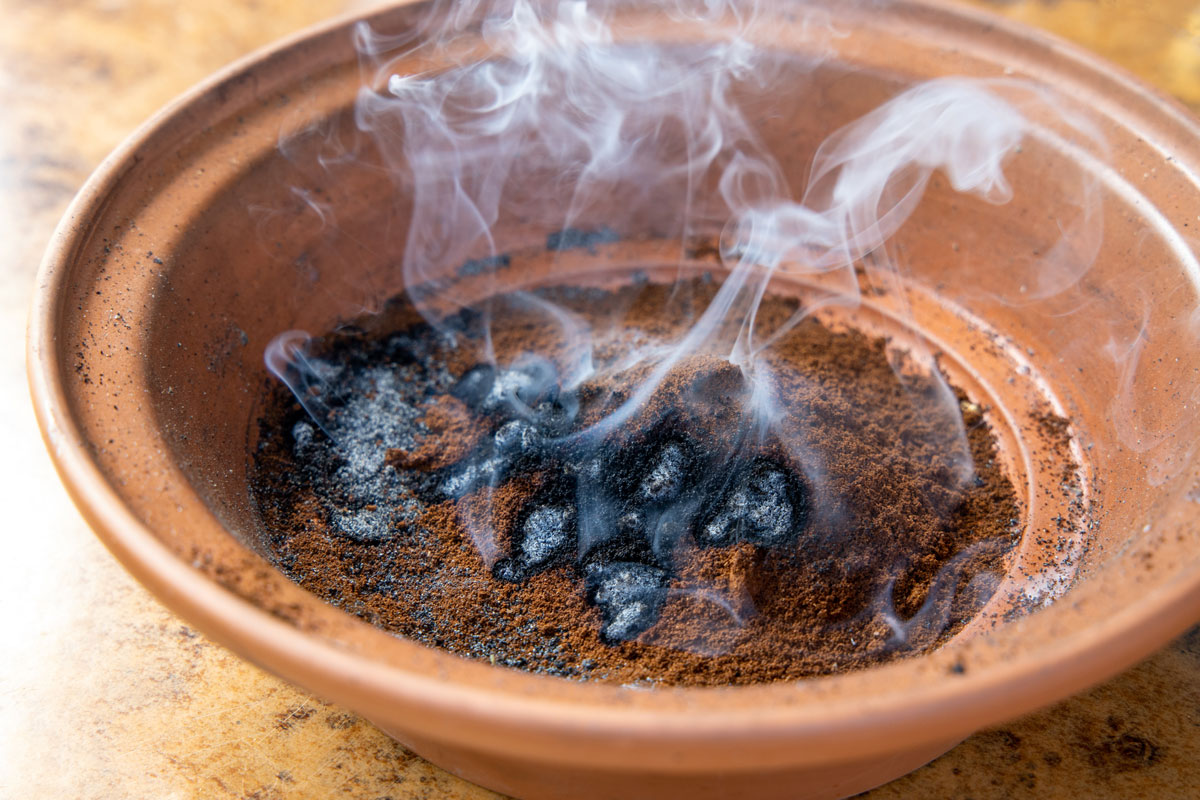
The smell and smoke from burning coffee powder can repel wasps. It might be the case, but continuously burning the coffee would be expensive and dangerous. If you notice wasps beginning to construct a nest, roasting the coffee might be advantageous.
Other Remedies To Reduce Wasps
- Pick up any fallen fruit from the fruit trees in your garden. The sweet scent of rotting fruit attracts wasps. Eliminating that will therefore reduce the factors that attract them.
- Fix any dripping or cracked water pipes. Wasps frequently build nests close to a water source.
- Never keep pet food out in the open. After your pet has finished eating, remove the bowl.
- It would be best to seal trash bins adequately.
- After a BBQ party, thoroughly clean the area to ensure no leftover meat remains. Proteins draw wasps in the spring and summer.
- Avoid leaving cold beverage bottles in locations where wasps might be able to access them.
- Wasps avoid some plants. If you wish to keep wasps away from particular locations, try planting chrysanthemums, eucalyptus, spring onions, garlic, peppermint, wormwood, thyme, and peppermint.
When To Remove Wasp Nests?
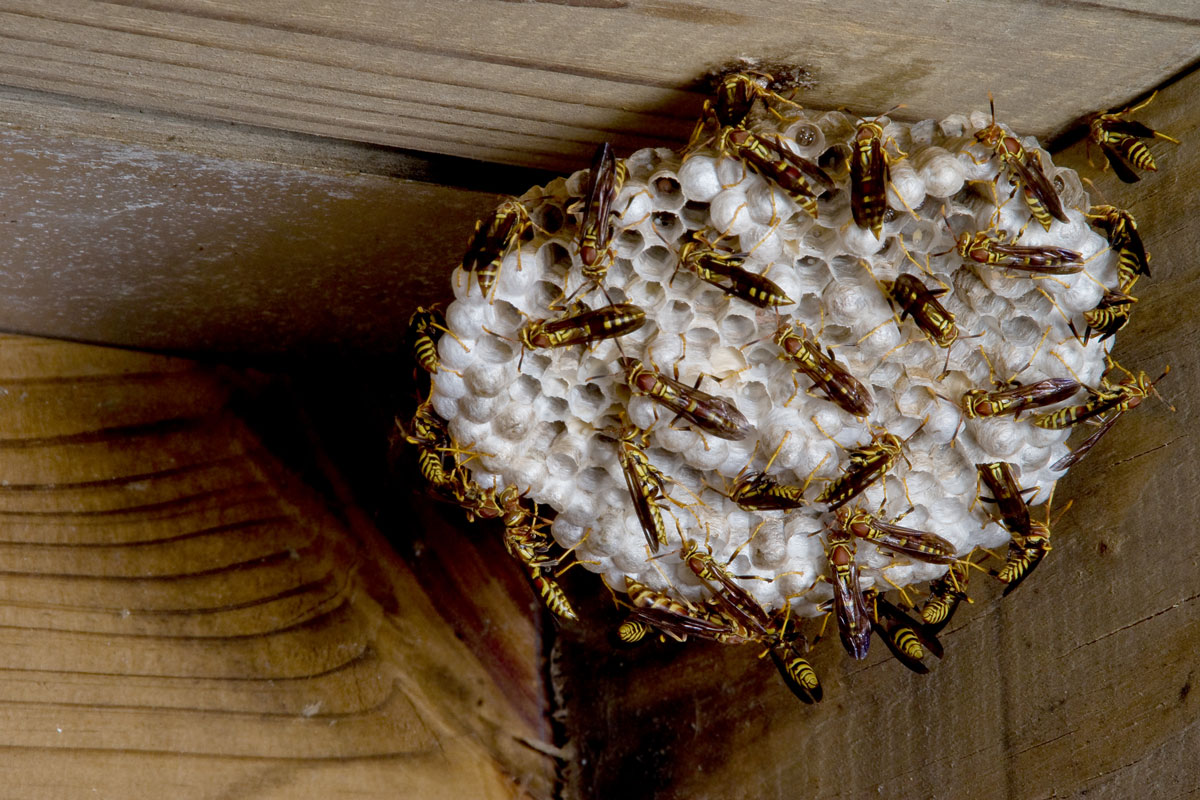
The ideal time to deal with a wasp nest is when the sun has set or is just about to set. Wasps are less likely to attack in the cool and dark. Additionally, it would be best to get rid of the nest even before the queen begins to lay eggs.
The wasps become much more aggressive once they have laid the eggs and the larvae hatch into the adult form. Typically, late spring and summer are the times when this occurs.
The safest seasons to remove the nests are in the late fall and winter, but if the wasps have already become a problem and are stinging people, it might already be too late.
Conclusion
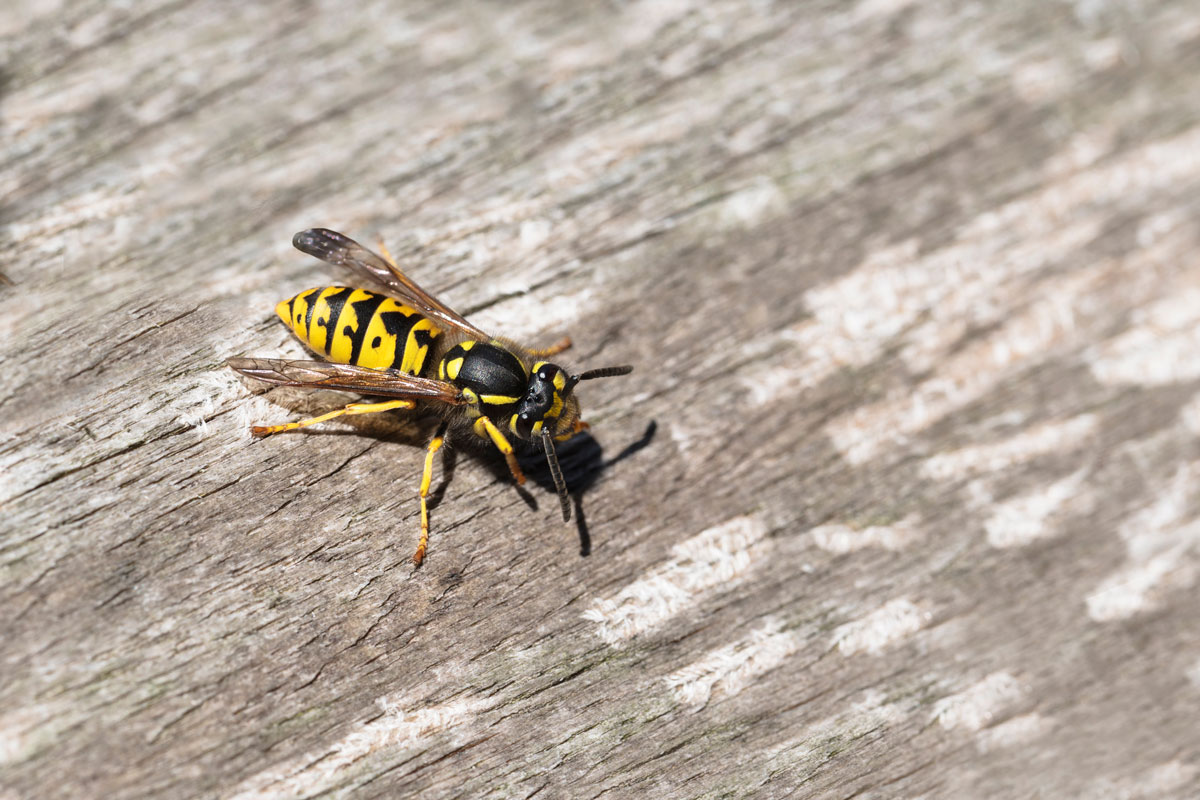
Using mothballs to deter yellow jackets is okay. However, it would be best to be cautious in using one to avoid affecting the health of every animal and occupant in your home.
Before you go, you might want to check these posts out!



